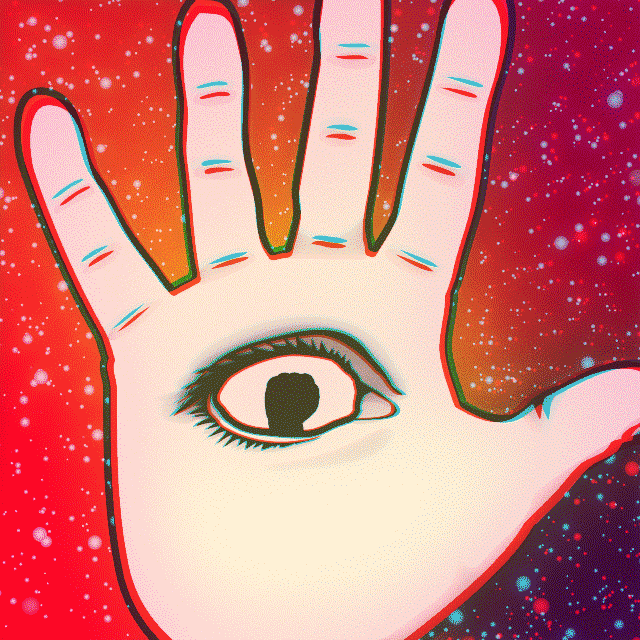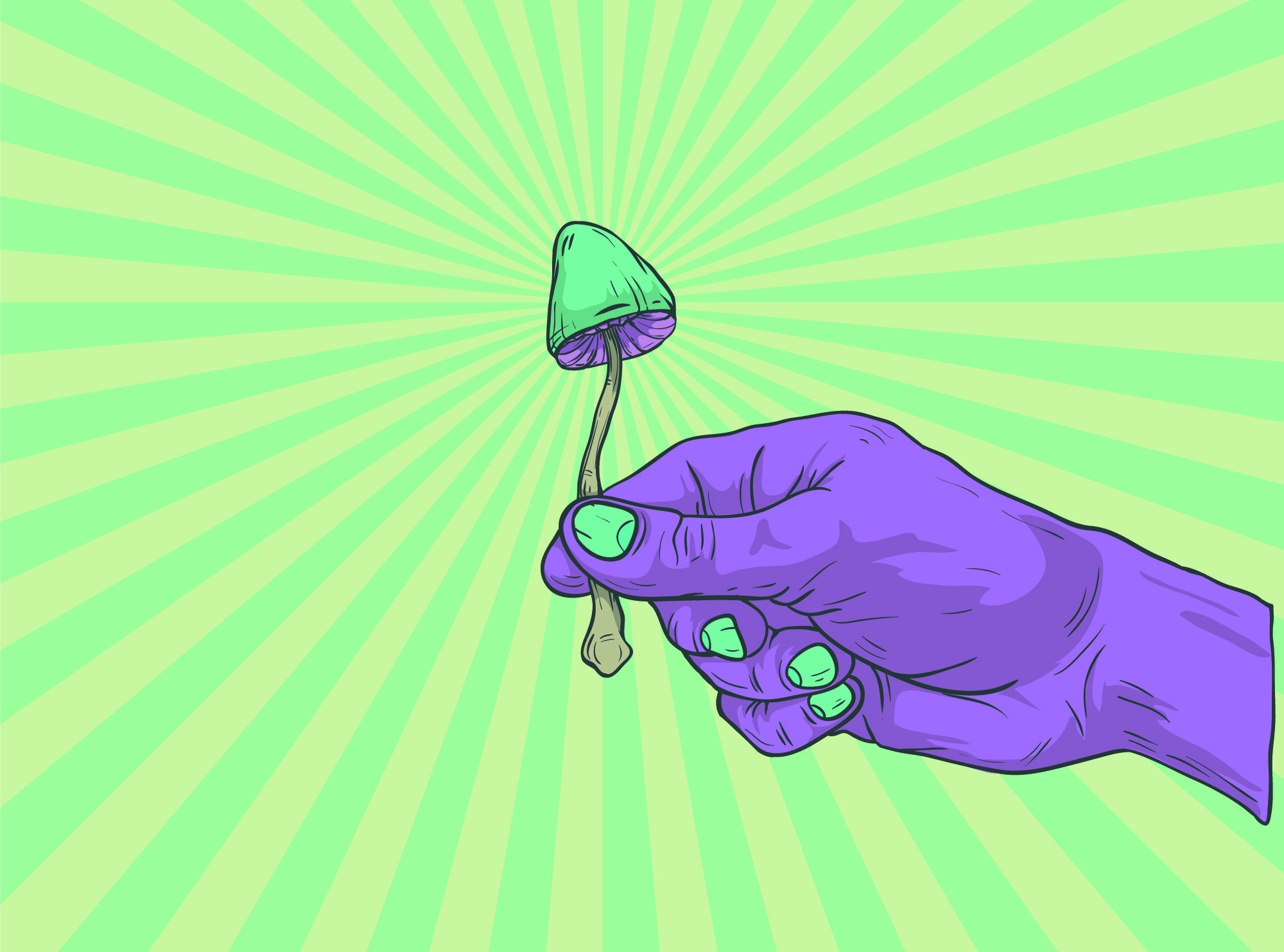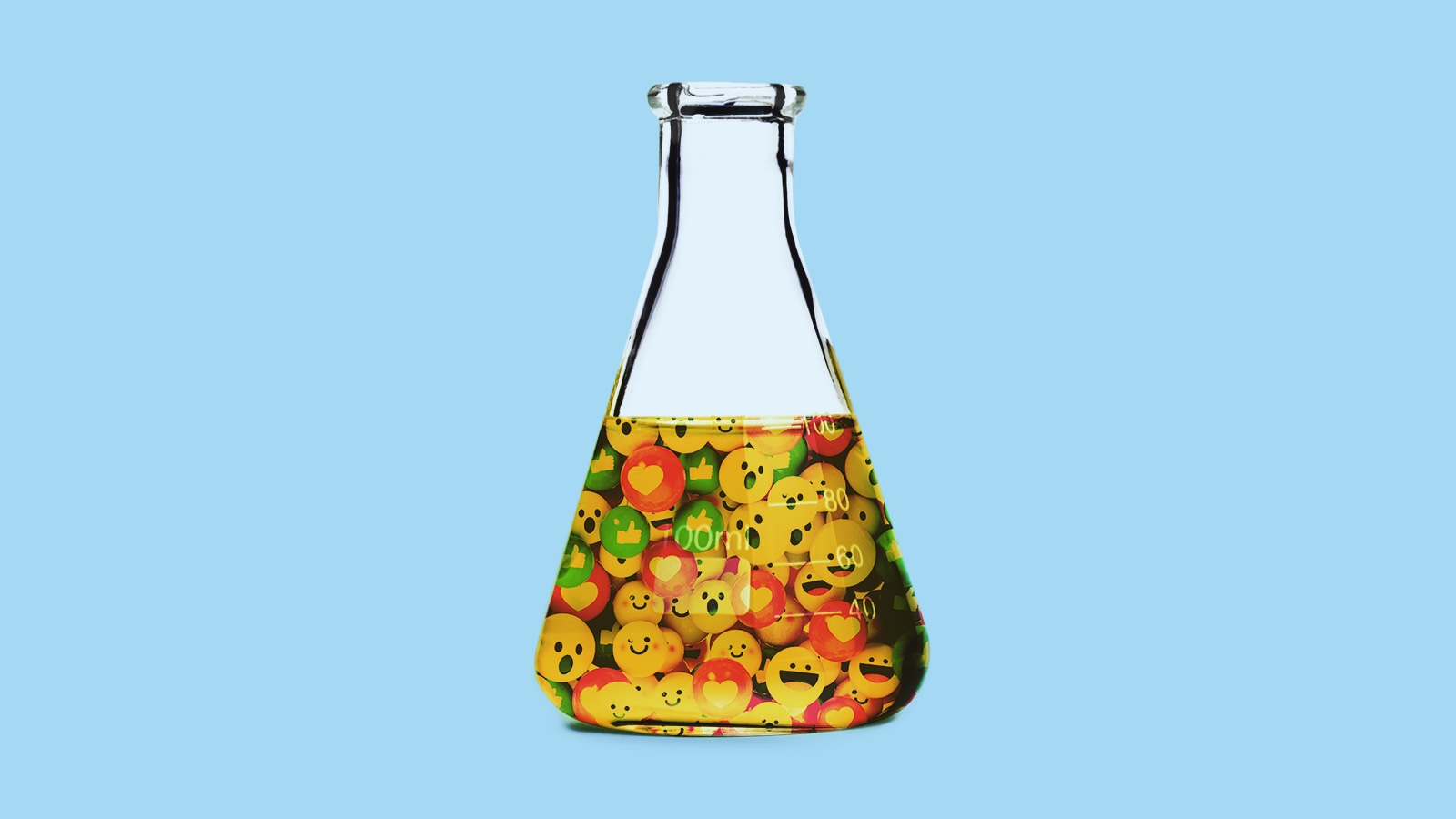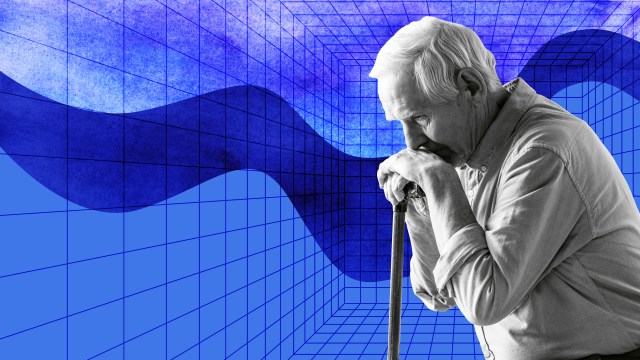Psychedelics are helping dying patients overcome their existential distress
- End-of-life distress is a psychological and existential struggle faced by individuals nearing the end of their lives, often characterized by anxiety, fear of death, and existential suffering.
- Psilocybin-assisted therapy is an emerging treatment that uses psychedelic substances to address this distress.
- Some patients gain insights, find reassurance, and develop a sense of interconnectedness, which can help alleviate their fears and improve their quality of life during their final stages.
Mio Yokoi is floating down a river, laid out upon a raft, veiled and blanketed in flowers — covered in beauty, she describes it. Like something from The Lord of the Rings.
She is dead.
Yokoi sees that she is dead and covered on the raft, and on the river, nature is enveloping her, welcoming her. Animals with a hint of whimsy, “Disney-esque,” offer reassurances from the river’s banks, telling her everything is going to be okay — that they got her, and the universe has got them, one interconnected support net, supporting her through her stage 4 pancreatic cancer. Her terminal stage 4 pancreatic cancer.
“As I was going down this river, it was just a lot of this affirmation,” Yokoi says; affirmation that she will be taken care of, just as everyone who has come before her was, and everyone who will come after her will be.
“It’s a wisdom, it’s a knowing, that’s been true for however long,” she says.
Further downriver, the people in her life who she loves and who love her, the people in the room for her psilocybin-assisted therapy session — and the psychedelic-assisted therapy provider — arrive to support her. She finds herself participating in love, desiring for no one to be afraid any longer, wanting everyone to feel the love and support she is feeling now.
Then, her body and raft burst into millions of shimmering golden leaves, every single one representing love, eventually forming into a massive tree of gilded boughs that she comes to rest in.
“It was just super beautiful,” Yokoi, who was a psychotherapist before her diagnosis, says. “And it gave me this sense of like ‘oh, okay. This is beautiful. This is incredible.’”
Verbora is medical director of Field Trip, a psychedelic therapy provider — he was one of the figures on the river bank.
The river was Yokoi’s second experience with psychedelic-assisted therapy. She’s legally using the drugs to help treat the unique mental and emotional concerns of patients at the end of life, through Canada’s Special Access Program, with her psychedelic physician, Michael Verbora.
“When I was first diagnosed, I realized I not only needed to take care of my physical self,” Yokoi says. “I also needed to make sure that my mental and emotional health was taken care of as well.”
She engaged in the many mental health support services available, but still had a constant sense of anxiety, of uncertainty, of distress. Her quality of life was suffering under a burden unique in its nature.
“The little bit — however much time I have left, I felt like I don’t want to spend it … with that struggle,” she says.
The unique struggles of end-of-life mental health
While many end-of-life patients experience common mental health challenges — depression, anxiety, PTSD — they also can grapple with unique issues.
“There is a lot of distress that is existential, or spiritual, or interpersonal, in the sense of relationships coming to an end; obviously everything is coming to an end,” says Nathan Fairman, a psychiatrist and palliative care physician at UC Davis.
For Yokoi, that manifested not only as anxiety around when she may die and how to live her life in the present, but also looking back on past familial traumas and their interplay with her cancer, connections that words have a difficult time describing, as well as concerns over what will happen to the people she is leaving behind.
Cicely Saunders — whose work in terminal care research and palliative medicine helped form the hospice movement — believed that physical and mental pain share a relationship and should be thought of together, what Saunders called “total pain.”
Unfortunately, our current mental health therapies are not always well-equipped to treat the mental and emotional side of terminal patients’ pain.
“Existential distress” of the kind faced by people at the end of their lives is not a mental health disorder you’ll find in the DSM-V, points out Paul Thielking, a board certified doctor in palliative and hospice medicine and the chief science officer of psychedelic-assisted therapy clinic Numinus.
Current therapies for major depressive disorder, generalized anxiety, and PTSD are “not necessarily transferable to the kinds of suffering that people approaching the very end of life may have,” Fairman says.
While evidence shows some working for end-of-life patients — and it’s important to make those available, Fairman says — current medications just don’t seem designed for the job.
There are practical, pharmacological concerns: some side effects of common psychiatric drugs may make them more trouble than they are worth. And then there is the efficacy — it can take multiple attempts at figuring out what antidepressant is effective, for example, and each drug can take weeks to build up to a therapeutic dose.
Simply put, there may not be enough time.
Fast-acting, with generally few long-term side effects and a penchant for eliciting existential and spiritual experiences in their users, psychedelic compounds — combined with therapy before and after their use — may be uniquely suited to helping end-of-life patients.
Undergoing psychedelic-assisted therapy
While waiting for Health Canada’s permission to incorporate psilocybin into her care, Yokoi and Verbora began with one dose of ketamine, an already-legal drug currently being offered by some clinics as a fast-acting depression treatment.
Health Canada ultimately approved Yokoi for three courses of psilocybin-assisted therapy.
Her first, she says, was “all about the physical body.” She went in with the intention of quieting her anxiety, but the experience turned corporeally focused almost as soon as it set in.
“It felt like the messaging was ‘you’re not connected to your body,’” Yokoi says. With all of the unknown and frightening things going on within her, the psilocybin helped her reframe the relationship she had with her physical self.
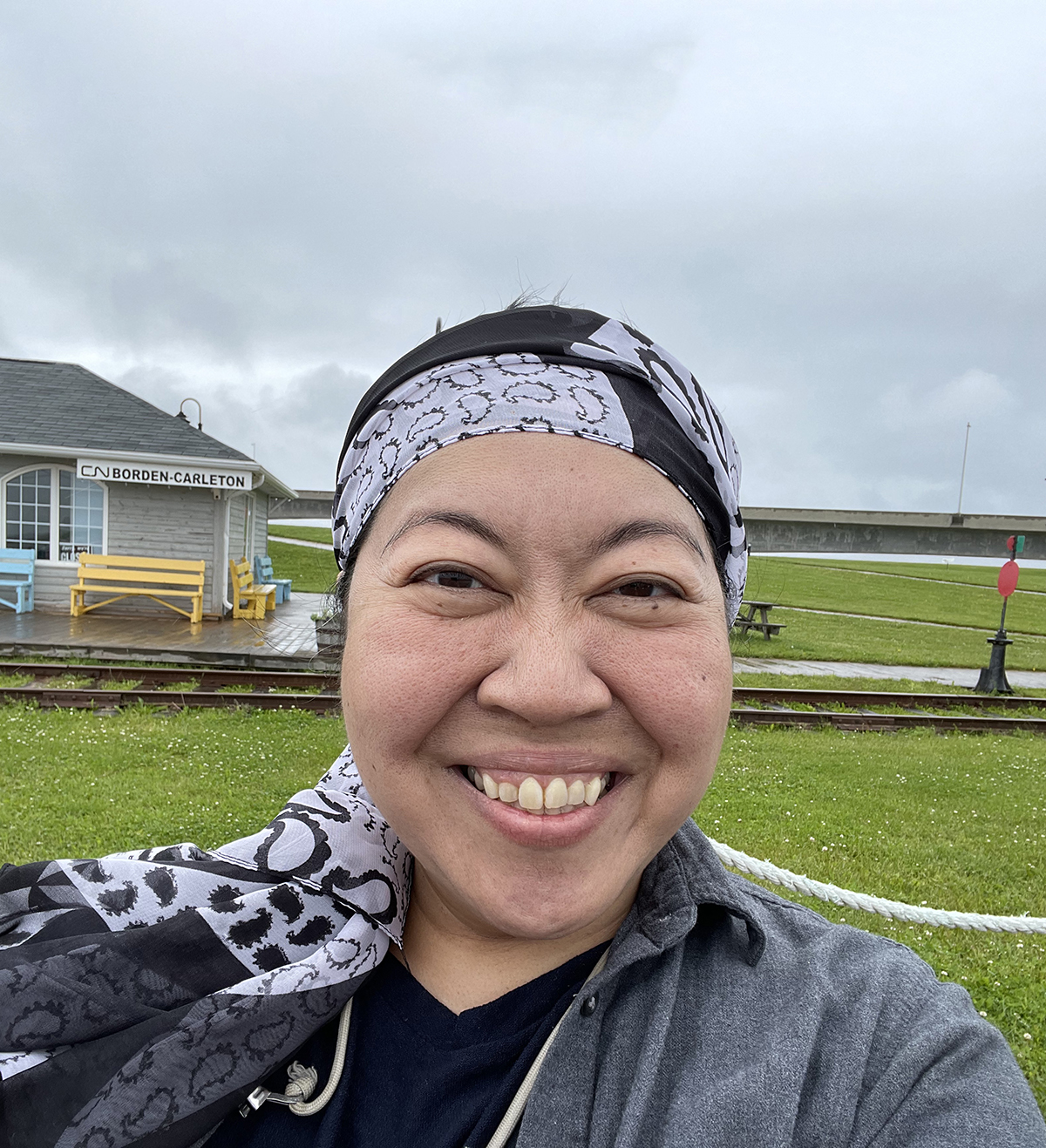
“It’s almost as though every nerve in my body kind of lit up,” she says. “And it felt like I just really needed to move, so for a good couple of hours it was just a lot of moving around.”
She laid down on the ground and did yoga stretches.
The trip was a very unexpected but valuable experience, she says. It helped her develop an appreciation for the mind’s relationship with the body.
Her second experience, the river, was more internal and narrative. From this, she took the realization that love, while intangible, was true, that love could be a tentpole for the rest of her life. In all of the uncertainty she was experiencing, the trip provided her with a tangible sense of that love which could help carry her through.
“It felt really, really substantial.”
Psychedelic potential
That feeling of the importance of love echoes the experience of Tom, a 50-year-old man diagnosed with chronic myeloid leukemia who took part in a psilocybin-assisted therapy trial with researchers at NYU and Palo Alto University.
During his trip, Tom reported an “overwhelming feeling of love… I felt the urge to let people know to stop silly things and that nothing matters but love,” the researchers detailed in their paper, published in Frontiers in Pharmacology.
He told the researchers that his experience was exhausting, but that it also gave him a greater appreciation for life, while alleviating his fear of death.
Across multiple small studies of patients with life-threatening cancers, psilocybin has been found to be safely tolerated and able to improve patients’ quality of life, sometimes substantially, according to psychedelic researchers.
Two studies, both published in the Journal of Psychopharmacology in 2016, seem to have sparked new consideration of psychedelic-assisted therapy for end-of-life patients.
The studies, by Stephen Ross’s team at NYU and Roland Griffiths’ group at Johns Hopkins — including psychedelic expert Matthew W. Johnson, who is an advisor to Field Trip — built off work that came before, including a pilot study at UCLA by Charles Grob and colleagues.
Both of these studies involved cancer patients, although not all were at the end of life. Both used psilocybin, and both showed “pretty impressive positive signs that psilocybin can help improve mood, anxiety, can help improve quality of life in patients with cancer,” says Paul Thielking of Numinus, which recently began offering a Ketamine for Chronic and Serious Medical Illness program for patients battling a range of conditions.
The speed with which psychedelics work and their relatively strong safety profiles make them appealing as potential end-of-life therapies, but so, too, does an element of psychedelics that science has a difficult time explaining.
“I don’t think we really understand that and can put words into it,” Fairman, the palliative psychiatry expert, says, “but if users tell us that it’s helping in this wild way that they can’t really put into words, we should accept that at face value.”
Opportunities and concerns
Psychedelics are unlikely to be a balm for all end-of-life patients, or all of the psychological challenges of dying, and the studies most commonly cited by proponents of psychedelic therapy do have their own weaknesses, including small sample sizes, and the relatively difficult challenge of using an effective placebo to test against compounds whose effects are so dramatic.
Because studies used a range of patients, from early-stage cancer to end-of-life, it was impossible to figure out if patients, and which patients, may have seen improvement without psilocybin, as their chemo effects abated and cancers went into remission, William Breitbart, who holds a chair in psychiatric oncology at Memorial Sloan Kettering Cancer Center, told the New York Times in 2016.
Verbora and Thielking both say that the various other medications end-of-life patients tend to be on could prove to be a complication.
Classic psychedelics work at the serotonin receptor site, Thielking says, where many psychiatric medicines and some nausea medicines also ply their trade, potentially altering their effectiveness. Before psilocybin, people need to be off serotonin site meds, including traditional antidepressants, sleep meds, and some nausea medications, like Zofran, taken by chemo patients.
It will also be difficult to develop protocols surrounding things that are impossible to measure scientifically — especially in end-of-life patients, who are a difficult group to study clinically.
What are the appropriate ways to assess risk in end-of-life patients? A screening to weed out patients with the potential for psychotic breaks of schizophrenia may not mean much when weighed against how long a particular patient has to live.
Can patients give fully informed consent, if they are very physically ill or deep in mental distress? How can we prevent end-of-life patients, a vulnerable population, from being taken advantage of, by snake oil sellers, con artists, or unscrupulous researchers?
But first comes the biggest question.
“The main thing to work out would be: are these therapies safe and effective for existential distress in patients near the very end of life?” Fairmans says.
Changing palliative psychiatry
“I think the bigger piece here is the whole conversation around end of life,” Verbora, Yokoi’s psychedelic therapy provider, says.
Compared to other medical milestones, like birth, people facing death can be essentially left to their own devices, unless they have access to particularly good palliative doctors and therapists.
At its core, palliative care is about optimizing a person’s quality of life. Part of that calling is the reduction of suffering, and the existential and spiritual crises end-of-life patients may face certainly qualify.
The field is still relatively young, Fairman notes, and recognizes the spectrum of specialties that are encompassed by its unique goal.
“The field has done a remarkable job providing safe and effective therapies for most physical symptoms; and now, increasingly, it’s turning its attention to alleviating these other kinds of ‘mental distress’: demoralization, existential suffering, spiritual distress,” Fairman says.
Yokoi believes that suffering is not an inevitable part of challenge, that there are ways to make the best possible out of an experience, including facing your own mortality — perhaps wreathed in golden leaves.
This article was originally published by our sister site, Freethink.
